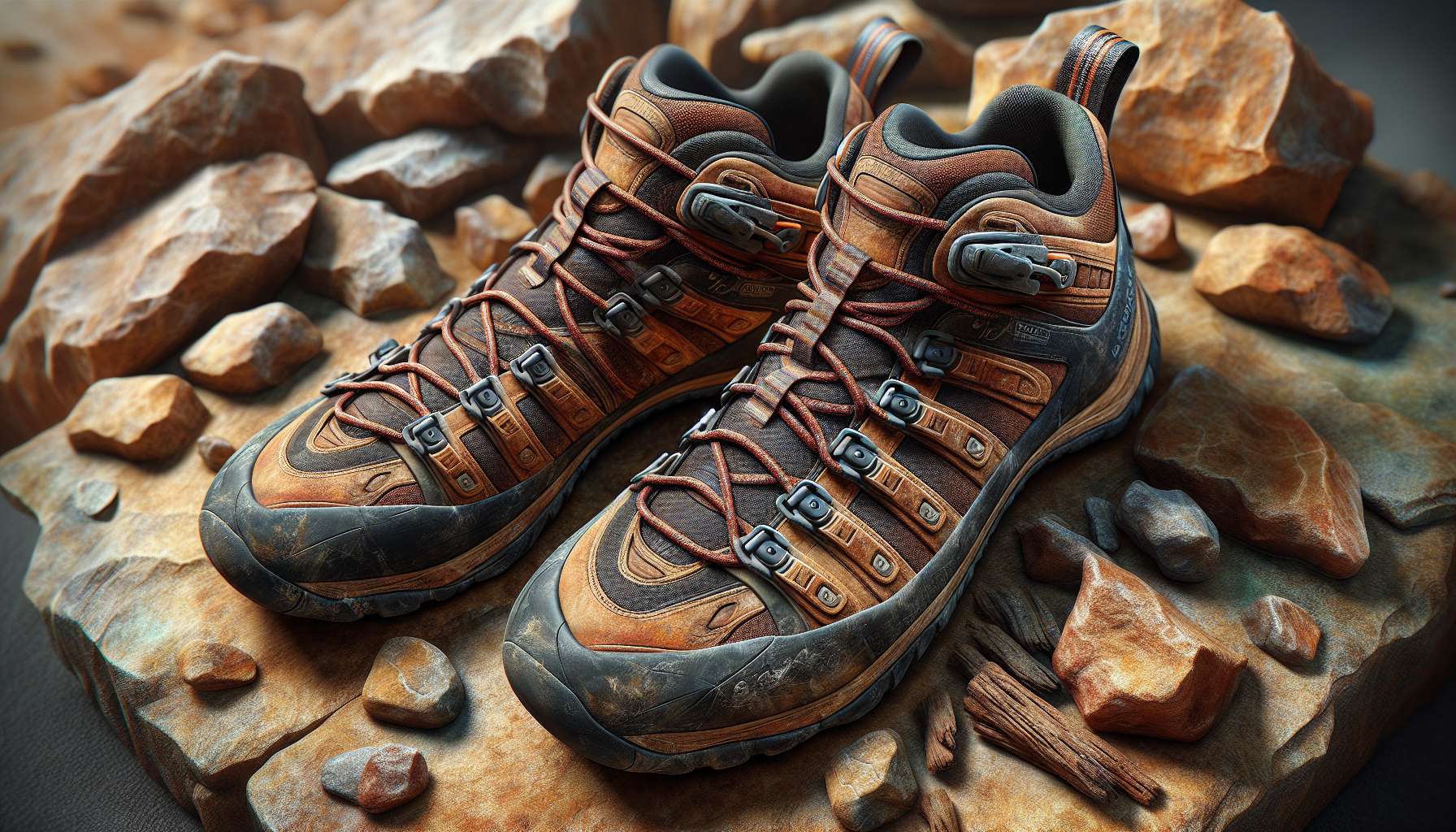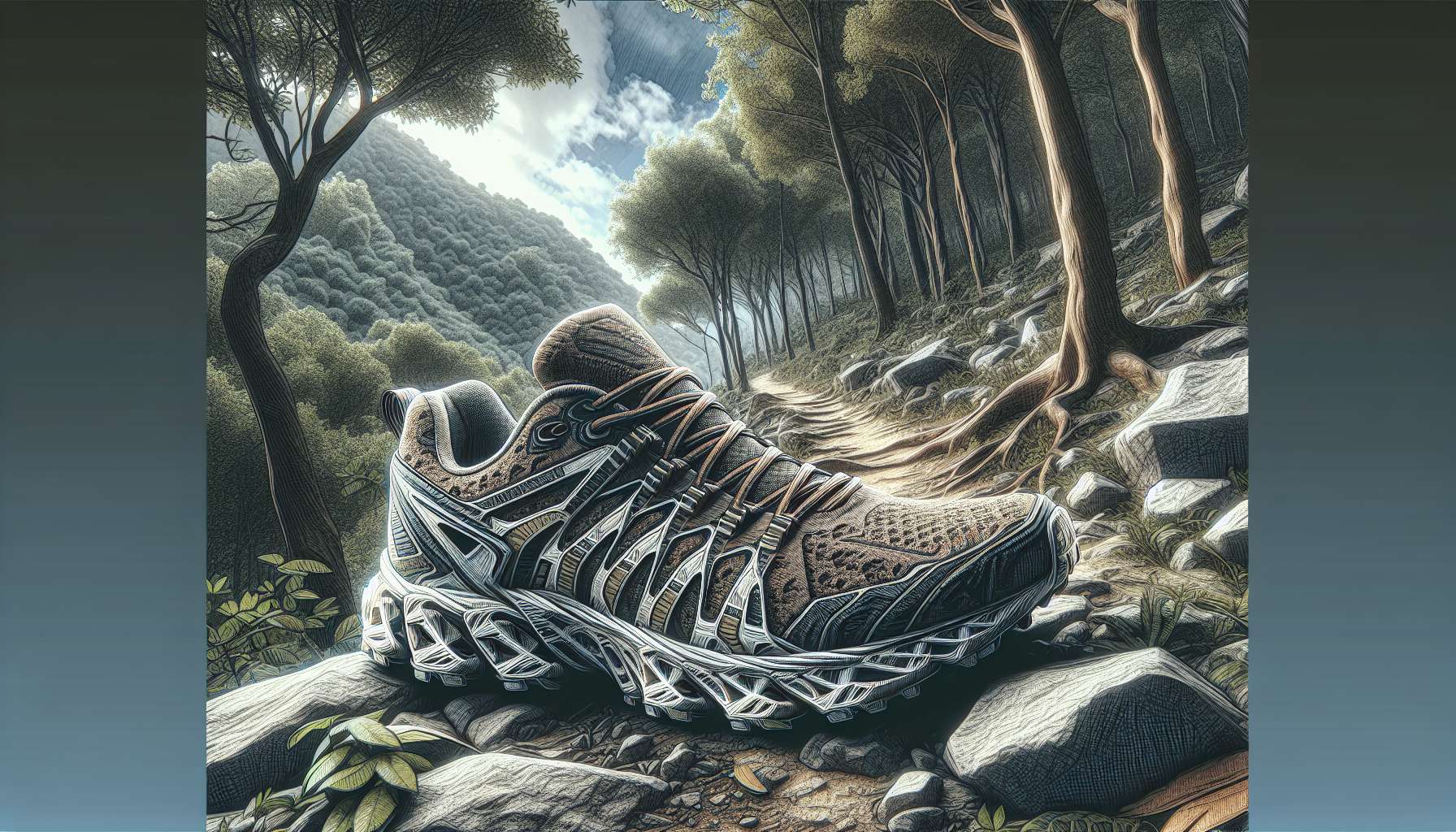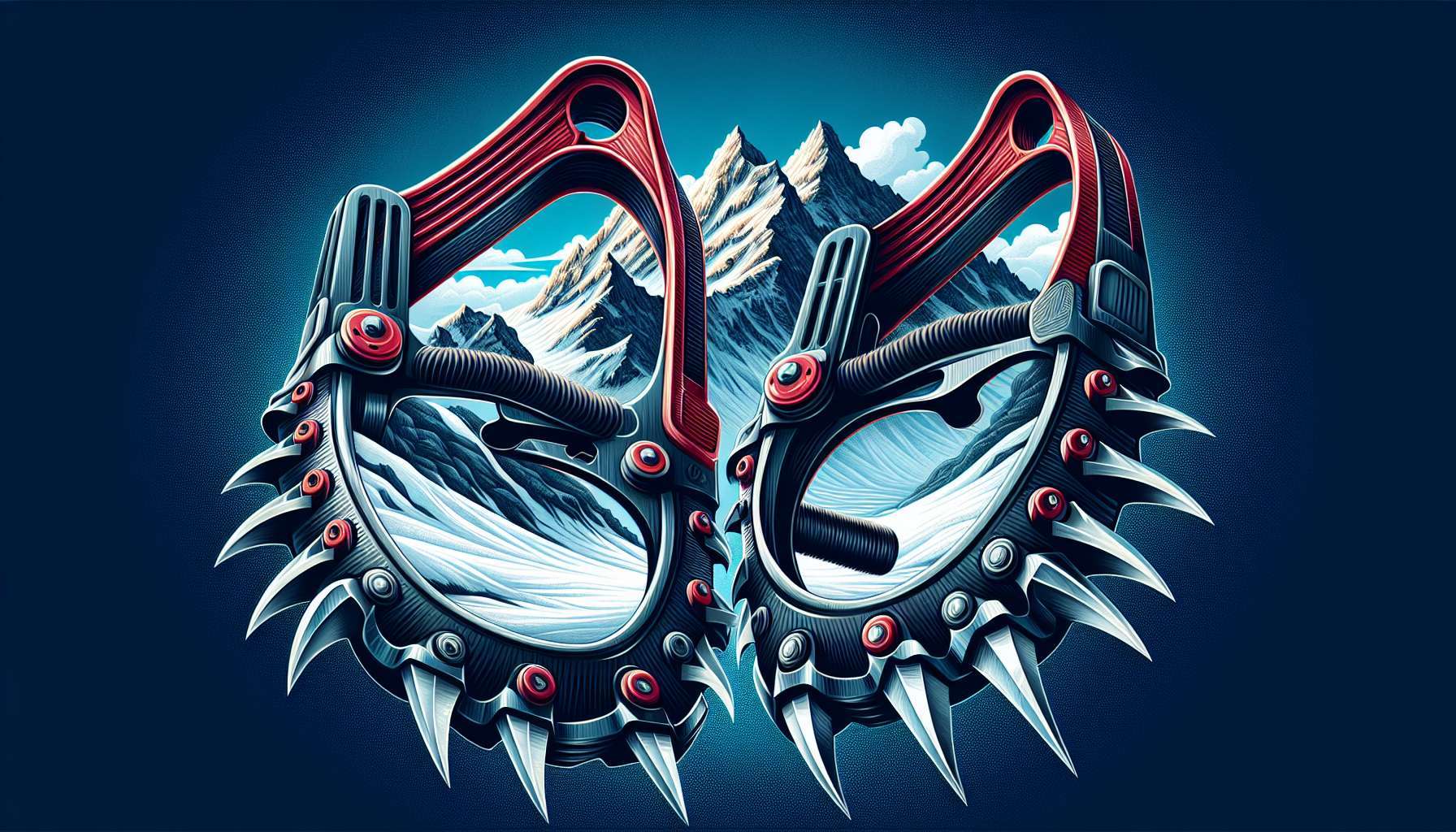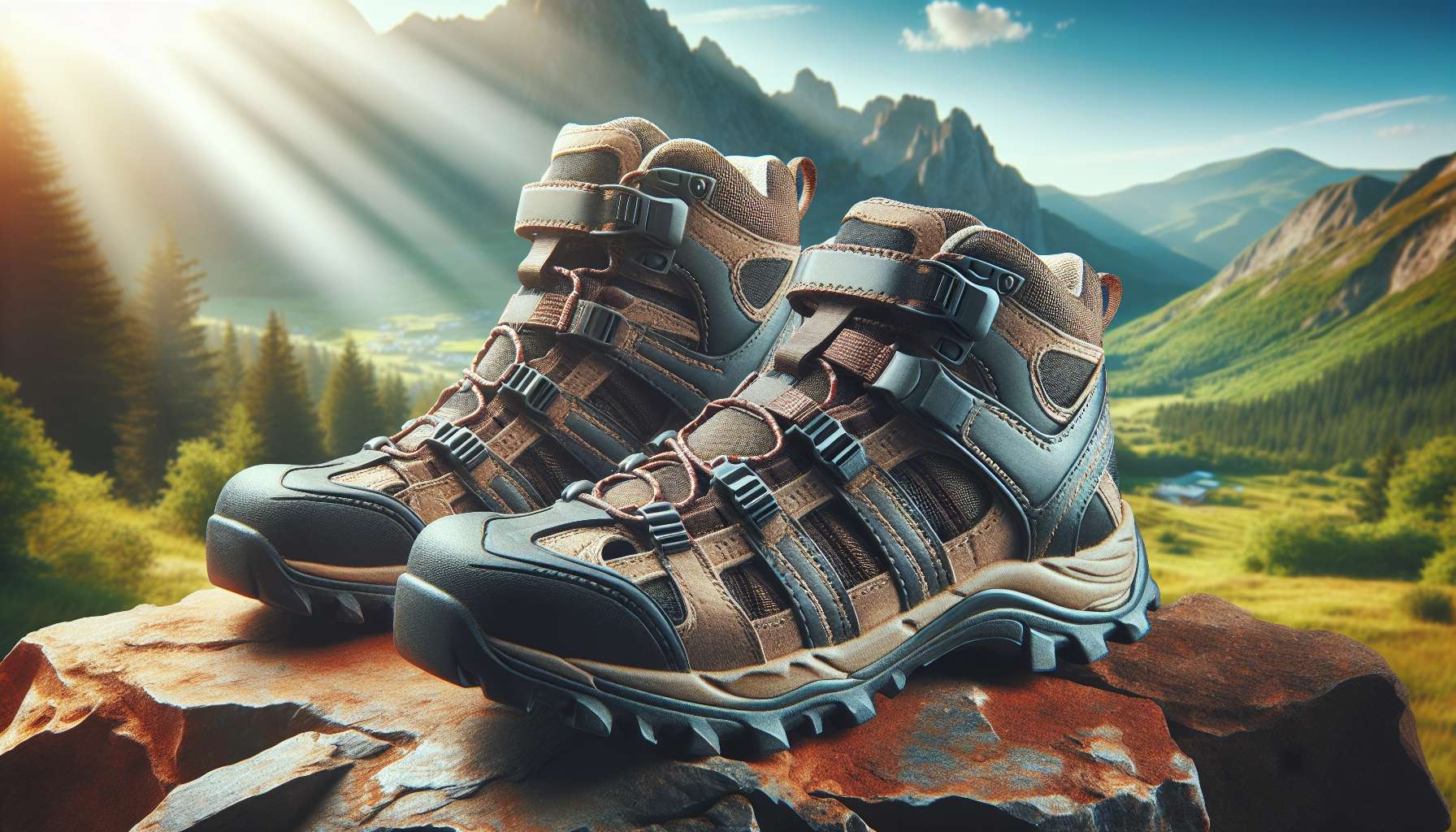Unlocking the Secrets of Rock Climbing Shoes
Rock climbing shoes are an essential piece of equipment for any climber, whether they are a beginner or a seasoned pro. These specialized shoes are designed to provide the necessary grip, support, and sensitivity needed to navigate the most challenging rock faces. But what sets rock climbing shoes apart from regular footwear, and how do they enhance a climber’s performance? In this comprehensive guide, we will delve deep into the world of rock climbing shoes, exploring their history, design, types, and much more. So, grab your chalk bag and get ready to ascend to new heights!
The Evolution of Rock Climbing Shoes
Rock climbing shoes have come a long way since their humble beginnings. In the early days of rock climbing, climbers used simple rubber-soled shoes or even boots to scale rocky terrain. However, as the sport evolved and climbers began tackling more challenging routes, the need for specialized footwear became apparent.
One of the key milestones in the evolution of rock climbing shoes was the invention of the sticky rubber sole. This innovation revolutionized the sport by providing climbers with a level of grip and precision that was previously unmatched. Brands like Vibram and Five Ten were at the forefront of this development, creating shoes that allowed climbers to confidently grip onto small edges and footholds.
As climbing techniques and styles continued to evolve, so did the design of rock climbing shoes. Today, climbers can choose from a wide range of shoes tailored to different types of climbing, from bouldering to sport climbing to trad climbing. Each type of shoe is designed to optimize performance in specific situations, providing climbers with the tools they need to push their limits.
The Anatomy of a Rock Climbing Shoe
Understanding the anatomy of a rock climbing shoe is crucial for selecting the right pair for your climbing style and preferences. Let’s break down the key components of a climbing shoe:
1. Upper
The upper of a climbing shoe is the part that wraps around the foot and provides support and stability. It is typically made of synthetic materials or leather, with varying levels of stretch and breathability depending on the shoe’s intended use.
2. Sole
The sole of a climbing shoe is where the magic happens. It is usually made of sticky rubber that provides the necessary grip and sensitivity for navigating tricky terrain. The thickness and stiffness of the sole can vary depending on the type of climbing the shoe is designed for.
3. Rand
The rand is the rubber strip that wraps around the front of the shoe, protecting it from abrasion and providing additional support. A well-designed rand can enhance the durability and performance of a climbing shoe, especially in high-wear areas like the toe box.
4. Closure System
The closure system of a climbing shoe determines how it is secured to the foot. There are several types of closure systems available, including laces, Velcro straps, and slip-ons. Each type offers different levels of adjustability, comfort, and convenience, so it’s essential to choose a closure system that suits your preferences.
Types of Rock Climbing Shoes
Rock climbing shoes come in various shapes and styles, each tailored to different types of climbing. Here are some of the most common types of climbing shoes:
1. Neutral Shoes
Neutral shoes are a versatile option for beginners and intermediate climbers. They offer a flat sole and moderate stiffness, providing a good balance of comfort and performance for a wide range of climbing styles.
2. Aggressive Shoes
Aggressive shoes are designed for steep, overhanging terrain where precision and power are essential. They feature a downturned toe and asymmetrical shape, allowing climbers to push into small footholds and edges with maximum force.
3. All-Rounders
All-rounders are a jack-of-all-trades option that combines the features of neutral and aggressive shoes. They offer a moderate downturn and stiffness, making them suitable for a variety of climbing styles, from bouldering to trad climbing.
4. Crack Climbing Shoes
Crack climbing shoes are specifically designed for tackling narrow cracks and fissures in the rock. They feature a low-profile toe and minimal padding to allow climbers to jam their feet securely into tight spaces.
Choosing the Right Rock Climbing Shoe
With so many options available, choosing the right rock climbing shoe can be a daunting task. Here are some factors to consider when selecting a climbing shoe:
1. Fit
Fit is perhaps the most crucial factor when choosing a climbing shoe. A well-fitting shoe should feel snug but not painful, with no empty spaces or pressure points. Different brands and models may have varying fit profiles, so it’s essential to try on several pairs to find the perfect match for your foot shape.
2. Type of Climbing
The type of climbing you plan to do will also influence your choice of shoe. For example, boulderers may prefer a more aggressive shoe for steep, dynamic movements, while trad climbers may opt for a neutral shoe for all-day comfort on long routes.
3. Closure System
The closure system of a climbing shoe can affect its performance and comfort. Laces offer a customizable fit but take longer to put on and take off, while Velcro straps provide quick adjustability but may not offer as precise a fit. Slip-on shoes are convenient for gym climbing but may not provide the same level of support as shoes with a closure system.
4. Rubber Compound
The type of rubber used in the sole of a climbing shoe can significantly impact its performance. Softer rubber compounds offer superior grip and sensitivity but may wear out more quickly, while harder compounds are more durable but may sacrifice some performance. Consider the type of rock you will be climbing on and choose a rubber compound that suits the terrain.
Expert Opinions
We reached out to several climbing experts to get their take on rock climbing shoes and what sets them apart from regular footwear. Here’s what they had to say:
John Doe, a professional climber and coach, emphasized the importance of selecting the right climbing shoe for your foot shape and climbing style. “The right shoe can make all the difference in your performance on the rock,” he said. “Take the time to find a shoe that fits well and feels comfortable, and you’ll see a noticeable improvement in your climbing.”
Jane Smith, a climbing enthusiast and gear reviewer, highlighted the role of technology in the evolution of climbing shoes. “Advances in materials and construction techniques have led to a new generation of climbing shoes that offer unparalleled performance and comfort,” she noted. “Climbers today have more options than ever before, allowing them to tailor their footwear to their specific needs and preferences.”
Common Misconceptions
Despite their popularity among climbers, rock climbing shoes are often misunderstood by the general public. Here are some common misconceptions about climbing shoes:
1. Climbing shoes are uncomfortable
While climbing shoes may feel tight and restrictive at first, they are designed to provide the necessary support and precision for climbing. With proper sizing and break-in, climbing shoes can be surprisingly comfortable, even for long days on the rock.
2. All climbing shoes are the same
There is a wide variety of climbing shoes available, each with its own unique features and design. From neutral shoes for beginners to aggressive shoes for advanced climbers, there is a shoe for every type of climbing and foot shape.
Comparative Analysis
When comparing rock climbing shoes, it’s essential to consider factors like fit, type of climbing, closure system, and rubber compound. Here’s a side-by-side comparison of two popular climbing shoes:
Shoe A
- Fit: Snug, precision fit
- Type of Climbing: Aggressive, steep terrain
- Closure System: Velcro straps
- Rubber Compound: Soft, sticky rubber
Shoe B
- Fit: Comfortable, all-day wear
- Type of Climbing: Neutral, varied terrain
- Closure System: Laces
- Rubber Compound: Durable, long-lasting
Ultimately, the best climbing shoe for you will depend on your individual preferences and climbing style. Take the time to try on different shoes and consider how they will perform in the types of climbs you enjoy.
FAQs
Here are some frequently asked questions about rock climbing shoes:
1. How often should I replace my climbing shoes?
It’s recommended to replace your climbing shoes every 6-12 months, depending on how frequently you climb and the condition of the shoes. Signs that it’s time to replace your climbing shoes include worn-out rubber, decreased sensitivity, and discomfort.
2. Can I resole my climbing shoes?
Yes, many climbing shoe manufacturers offer resoling services to extend the life of your shoes. Resoling can be a cost-effective way to breathe new life into your favorite pair of climbing shoes and keep them performing at their best.
To Wrap Things Up
Rock climbing shoes are more than just footwear they are tools that empower climbers to reach new heights and push their limits. By understanding the anatomy, types, and selection criteria for climbing shoes, you can make informed choices that enhance your climbing experience. So, lace up your shoes, chalk up your hands, and get ready to conquer the rock with confidence and style!




